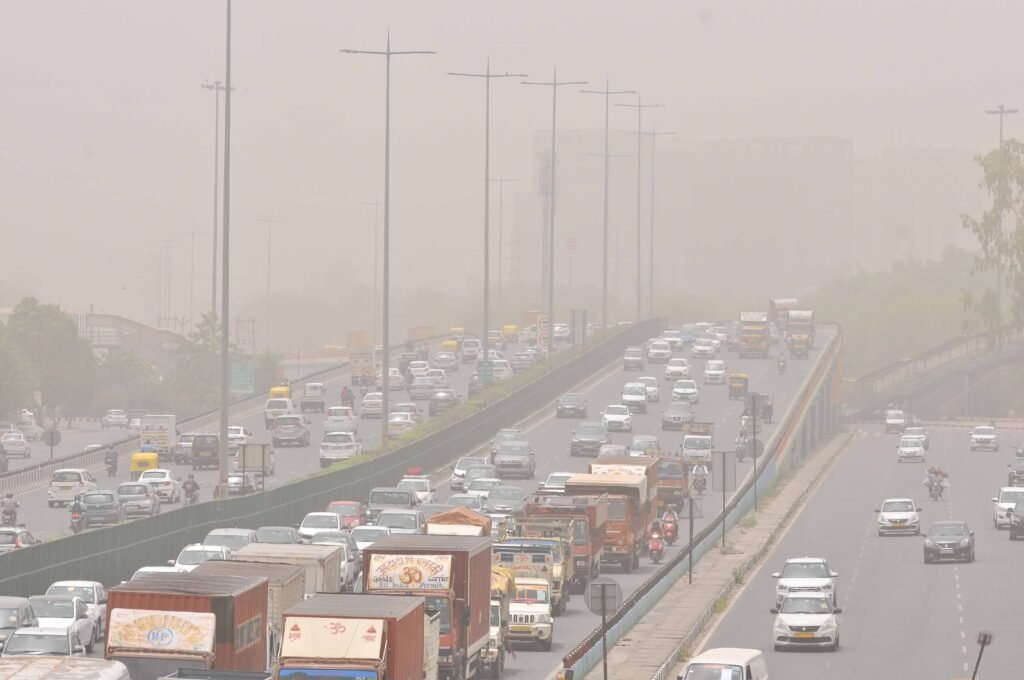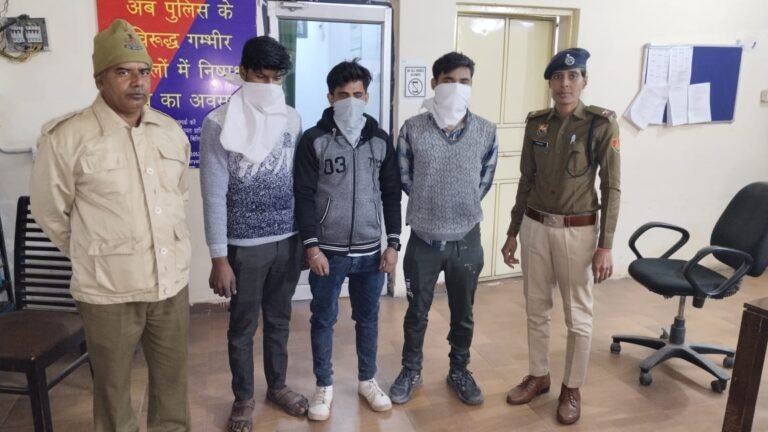
As per medical experts, it’s harmful to senior citizens and children
PM 2.5 level is extremely high
Paridhi Dhasmana
Pollution in the National Capital Region (NCR) has reached a critical stage, stating serious health risks for residents. As per present data from the Air Quality Index (AQI), our air quality has declined in most of the NCR cities. Consider Gurugram for instance. Yesterday Gurugram’s AQI was observed to be dangerous. It is deliberately considered to be dangerous as it is harmful to the health of residents. It can cause respiratory illness when exposed to the air for a long period. AQI hits 459 which is severe for health, because it seriously impacts those suffering from illnesses and affects healthy people too. This startling trend is observed every year when AQI captures the data of extreme pollution levels.
The PM 2.5 levels, known for their harmful invisible particles, have surged to extremely high levels, worsening respiratory diseases and other health issues. This yearly spike in pollution, observed from October to January, is attributed to seasonal changes and human actions, which includes the use of firecrackers during Diwali, which causes a thick smog covering the city. The situation in Gurugram is further a combination of external factors. Areas like Punjab and Haryana significantly affect the city’s pollution levels due to stubble burning during the harvest season. The resulting smoke, carried by seasonal winds, mixes with local pollutants, deepening the air quality crisis. Due to extreme pollution levels observed this year, the Supreme Court has ordered the closure of schools up to 12th grade until the next order is passed.
According to Dr. Gulshan Arora, an eminent Sr. Consultant Physician of Gurugram, residents of Gurugram are exposed to high levels of impure air quality due to vehicular emissions, industrial pollution, construction, stubble burning, and agricultural practices. This leads to respiratory issues, heart problems, skin conditions, and other health risks, especially with children and senior citizens being at risk due to their weaker immune systems and greater sensitivity to environmental hazards.
Dr. Arora further advises that residents can take precautions like limiting outdoor activities, using air purifiers at home, and durable progress demands global change such as firm vehicular emissions standards and a shift to electric and hybrid vehicles. Government policies to implement reduced fuel emissions, industrial guidelines that promote the use of eco-friendly technologies, and changes in agriculture practices, such as creating awareness among the farmers on using alternative methods e.g., bio-decomposers, are essential to reduce pollution. Public awareness is also important in combating pollution.
The pollution crisis in Gurugram, is a complex challenge that requires mutual efforts. With government policies, industrial responsibility, and individual precautions working all together, there is hope for cleaner air and a healthier environment. Only through constant and united efforts can we overcome this environmental crisis and ensure a better quality of life for us and future generations as well.











Good. Informatiive